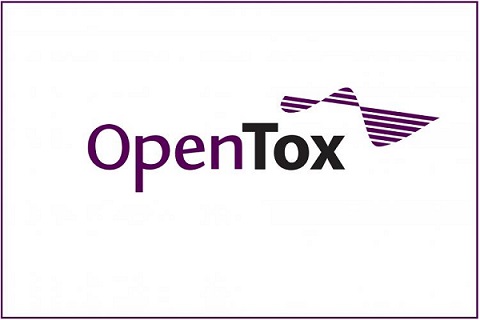Transparent and Verifiable Toxicokinetic Models for In Vitro-In Vivo Extrapolation
Presented by John Wambaugh, Research Physical Scientist at US EPA.
Data generated by in vitro toxicity screens can better inform decision making when translated into a predicted in vivo context. Toxicokinetic in vitro-in vivo extrapolation (IVIVE) can be used to convert concentrations applied in vitro into external doses that might produce those concentrations in tissues. IVIVE mathematical models use physiology and chemical-specific information to predict absorption, distribution, metabolism, and excretion. These models must be verified with respect to 1) Fidelity to data, 2) Biological Plausibility, 3) Transcriptional Accuracy, 4) Completeness and Portability, and 5) Statistical Plausibility including both model parsimony and parameter identifiability. Generic models that can be parameterized using standardized measurements can achieve this verification more rapidly. The confidence in such models can be estimated by comparing model predictions with in vivo observations where available. The EPA has developed the R package “httk” to provide both toxicokinetic models and chemical specific-data for nearly one thousand chemicals. These tools are publicly available, based on peer-reviewed publications, and undergo ongoing refinement and evaluation. This abstract does not necessarily reflect EPA policy.

